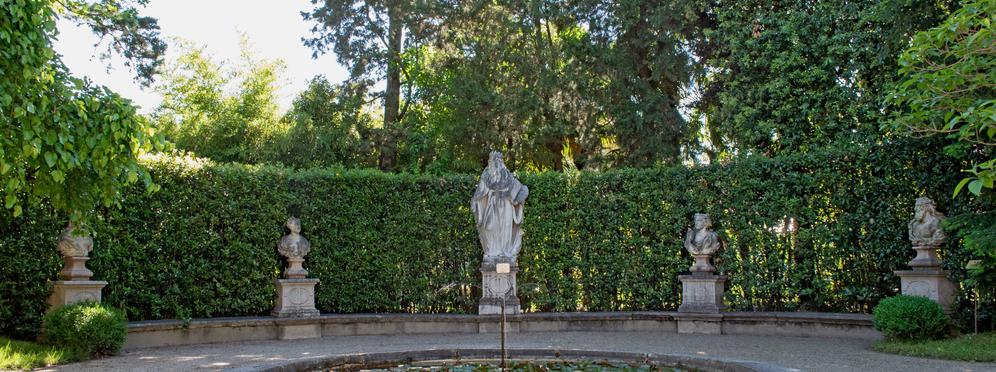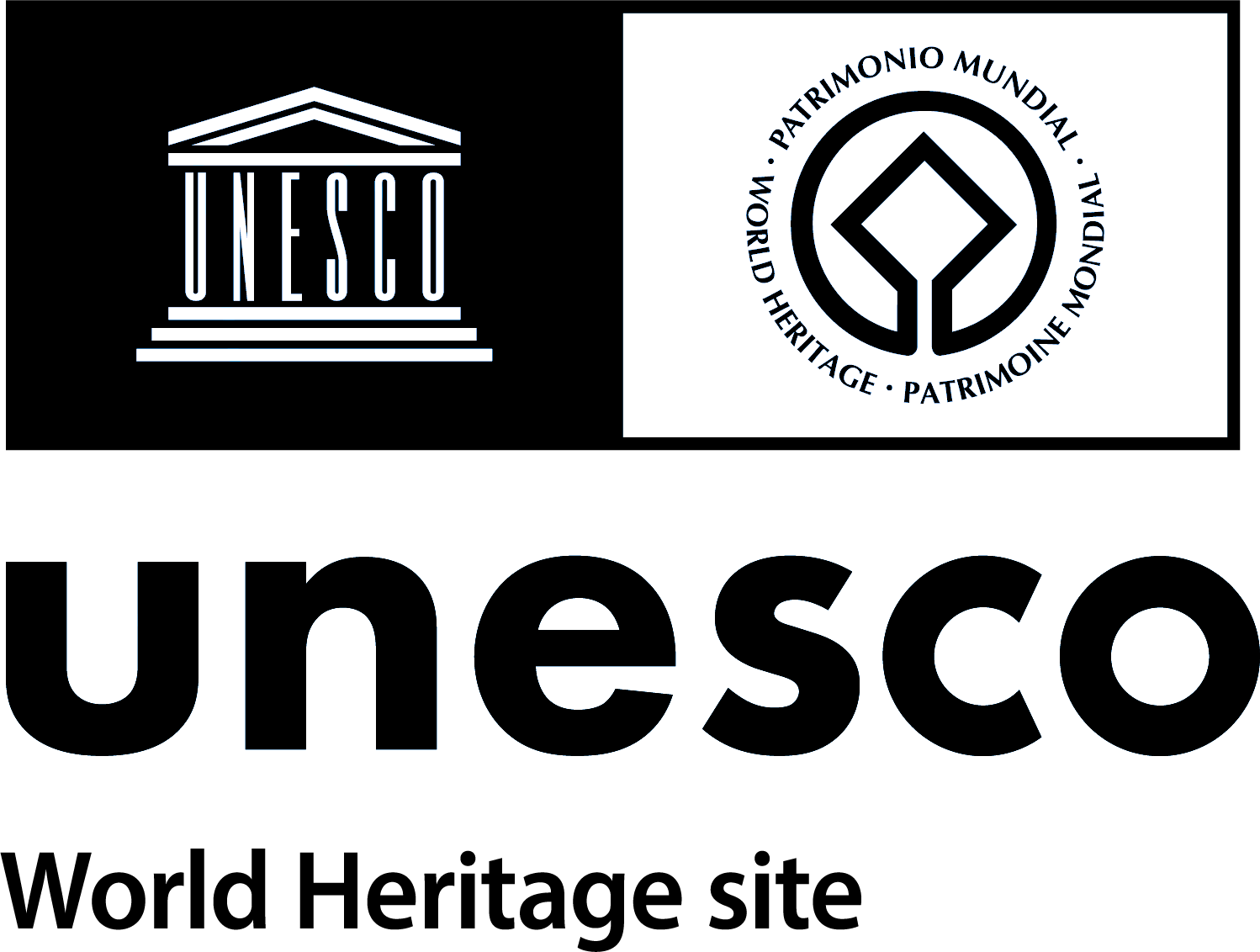The Garden in the Unesco Heritage
Over the centuries, Padua Botanical Garden has placed itself in the middle of a widespread network of International relations, by exerting a deep influence upon the research and holding a leading role in the exchange of ideas, knowledge, plants and scientific material.

Over the centuries, the University of Padua Botanical Garden has placed itself in the middle of a widespread network of International relations, by exerting a deep influence upon the research and holding a leading role in the exchange of ideas, knowledge, plants and scientific material. On the basis of such considerations, in 1997 it has been inscribed on the UNESCO World Heritage List as a cultural good. In fact it exhibits an important interchange of human values, within the cultural area of botany sciences (criterion ii of the Operational Guidelines for the implementation of the World Heritage Convention) and bears an exceptional testimony to a cultural tradition (criterion iii).
The motivation given by the World Heritage Committee for inscribing Padua Botanical Garden on the list was:
“the Botanical Garden of Padua is the original of all botanical gardens throughout the world, and represents the birth of science, of scientific exchanges, and understanding of the relationship between nature and culture. It has made a profound contribution to the development of many modern scientific disciplines, notably botany, medicine, chemistry, ecology, and pharmacy.”
To be a UNESCO World Heritage site means to belong to a list of 1121 sites spread in the 167 Countries which signed the World Heritage Convention. In 2020, 869 cultural sites, 213 natural sites and 39 mixed sites are listed.
The World Heritage Centre, hosted by the UNESCO, carries on the important role to manage the Secretariat to the Convention; in Italy, the official bodies in charge with the coordination of the activities related to the Convention are the Italian National Commission for UNESCO and the UNESCO World Heritage Office at the Ministry of Culture.
Further information:






